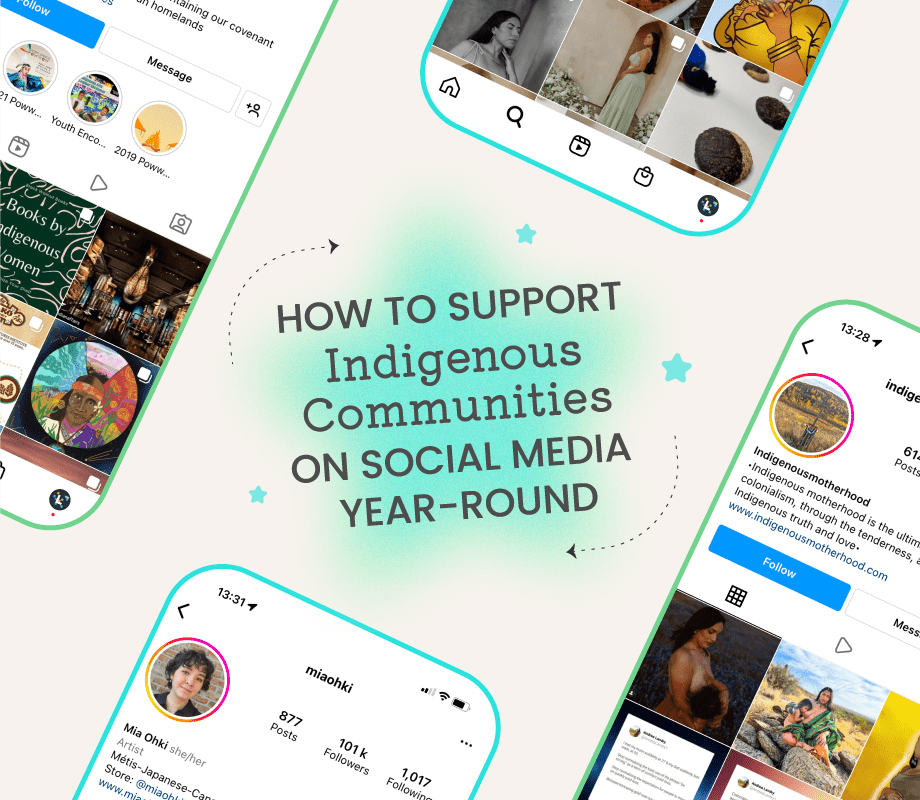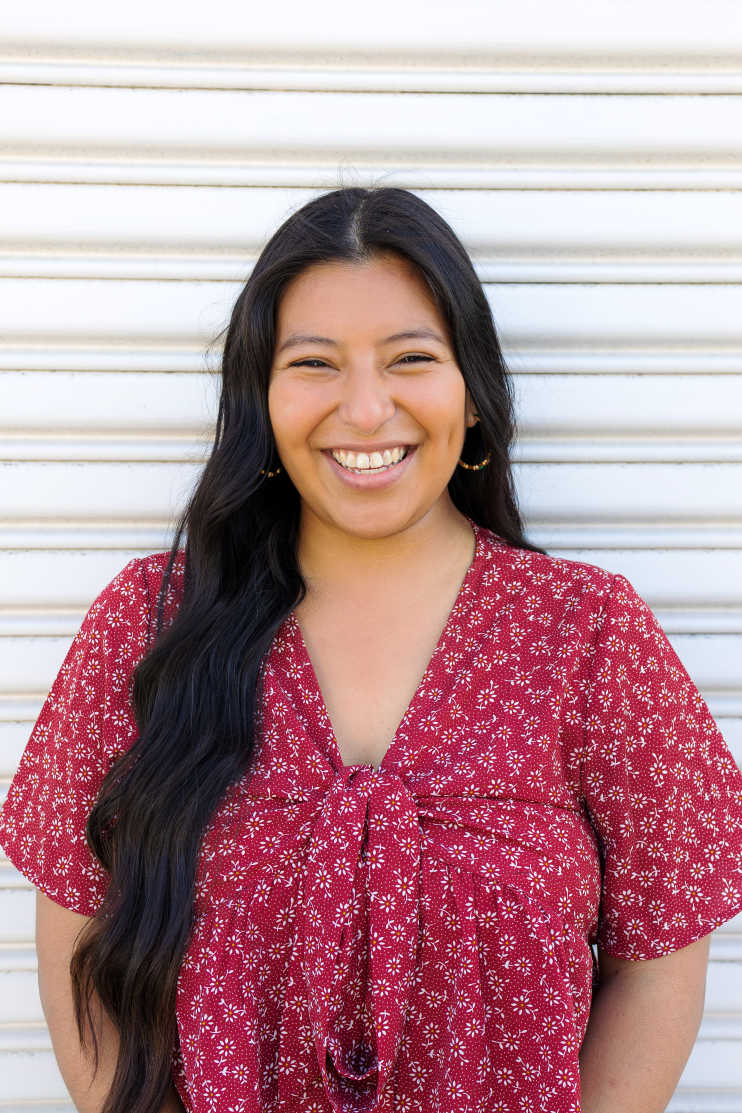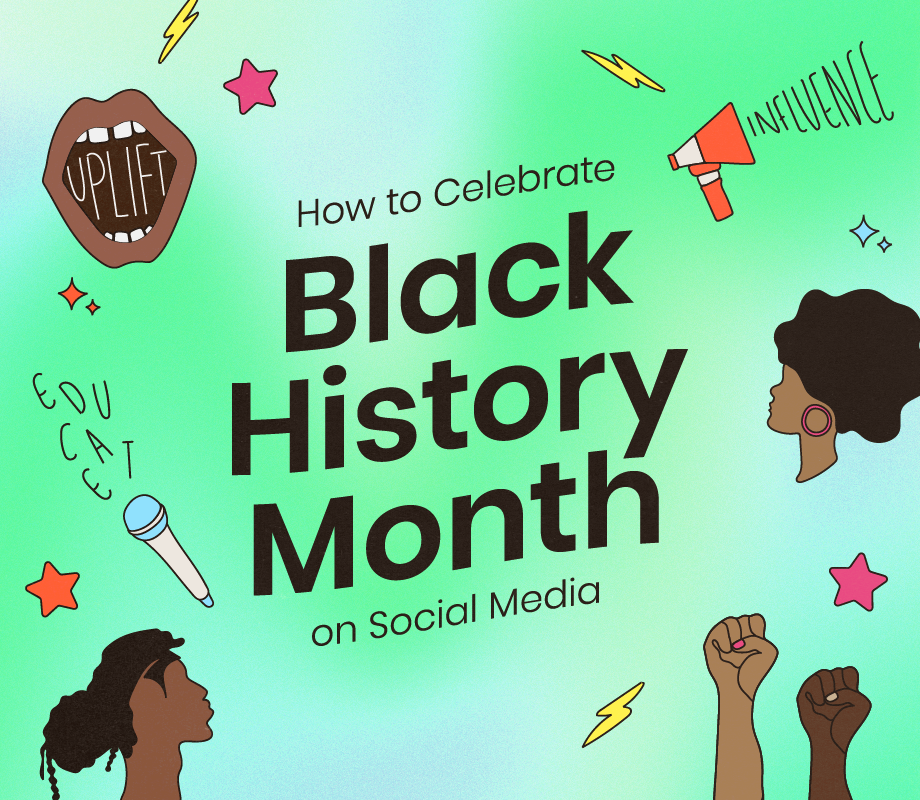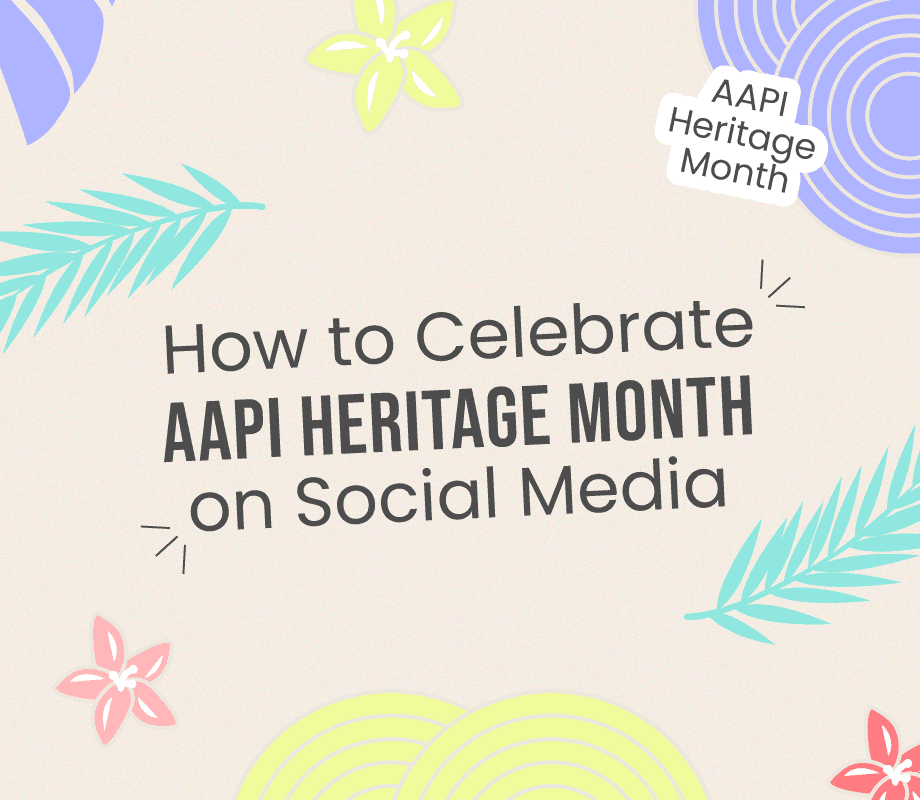Indigenous History Month is a time for healing, reflection, education, and celebration.
It calls for recognizing the harsh realities that Indigenous communities have experienced — both past and present — while celebrating the vast diversity of Indigenous cultures, traditions, and languages.
For brands, it marks the opportunity to amplify Indigenous voices, support Indigenous-owned businesses and non-profits, or advocate for change.
We asked Katherine Bahena-Benitez — an Indigenous actor, writer, dancer, and advocate — to share their tips for supporting Indigenous voices and brands on social media, this month and beyond.
Table of Contents
What Is Indigenous History Month?
In Canada, Indigenous History Month is celebrated in June, with Indigenous Peoples Day specifically acknowledged on June 21.
According to the Government of Canada, it is a time to “recognize the rich history, heritage, resilience, and diversity of First Nations, Inuit, and Métis Peoples across Canada.”
In the United States, Native American Heritage Month (also known as American Indian and Alaska Native Heritage Month) is recognized in November, and Indigenous Peoples Day is observed by a few states in October.
A Brief History Lesson
In history class, Christopher Columbus is often described as the person who “discovered” America — ignoring the fact that there were already Native and Indigenous Peoples inhabiting the lands.
Following his “discovery,” Native and Indigenous Peoples experienced mass violence, displacement, and genocide.
It was a turn of events that has affected Indigenous communities to this day — from being forbidden to practice their traditions to the horrors of the residential school system.
Indigenous History Month gives us the opportunity to acknowledge the history, celebrate the diversity, and advocate for the future of Indigenous communities and culture.
PSA: Later offers a 50% discount to all qualified non-profit organizations on paid plans, and a 100% discount off our Growth plan for non-profits fighting racism. Get all the details and apply here.
The Importance of Acknowledging Indigenous History Month on Social Media
Social media is a powerful resource to educate (and be educated), inspire, and raise awareness.
Personally, I’ve had the gift of learning about my own Indigenous roots, community, and ancestral medicine through social media.
It’s become a place for me to find my voice, share my art, and express parts of my identity as a gay femme.
I’ve been able to connect with relatives, elders, and those in the 2SLGBTQIA+ community too.
For brands, social media offers an opportunity to learn from Indigenous Peoples and to take it a step further — to uplift and support their voices.
However, it takes more than a one-off social media post to support Indigenous creators and businesses.
You can work with them on campaigns (beyond June and November), include them on your event speaker rosters, or encourage your employees to volunteer with local non-profits.




